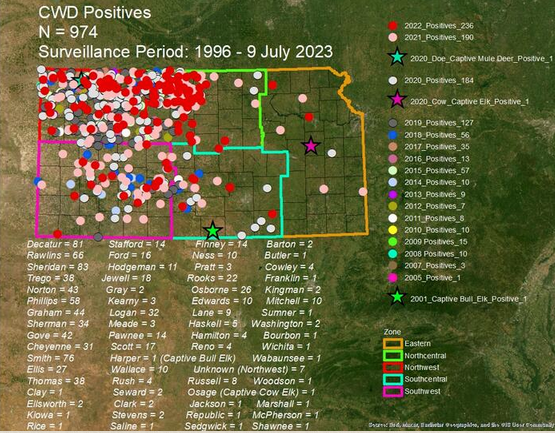reallyoldman
Well-known member
- Joined
- Oct 6, 2021
- Messages
- 215
I think another factor is gazillions of predators. There are lions, bobcats and a ton of coyotes. The destruction of the habitat by removing most of the trees, olives and other brush in the name of improvement has been disastrous. My experience has been in the Swanson Lake area in NE and along the South Fork of the Republican River. The turkey numbers must be about 5% of what they were just a couple of years ago. I was asked to trap on the farm I hunted on and could not believe the number of Possem, skunk, bagers and coons. I am not a very good coyote trapper but I still got over 25 .





